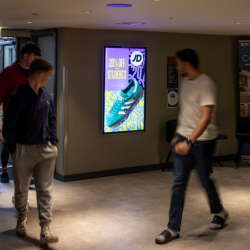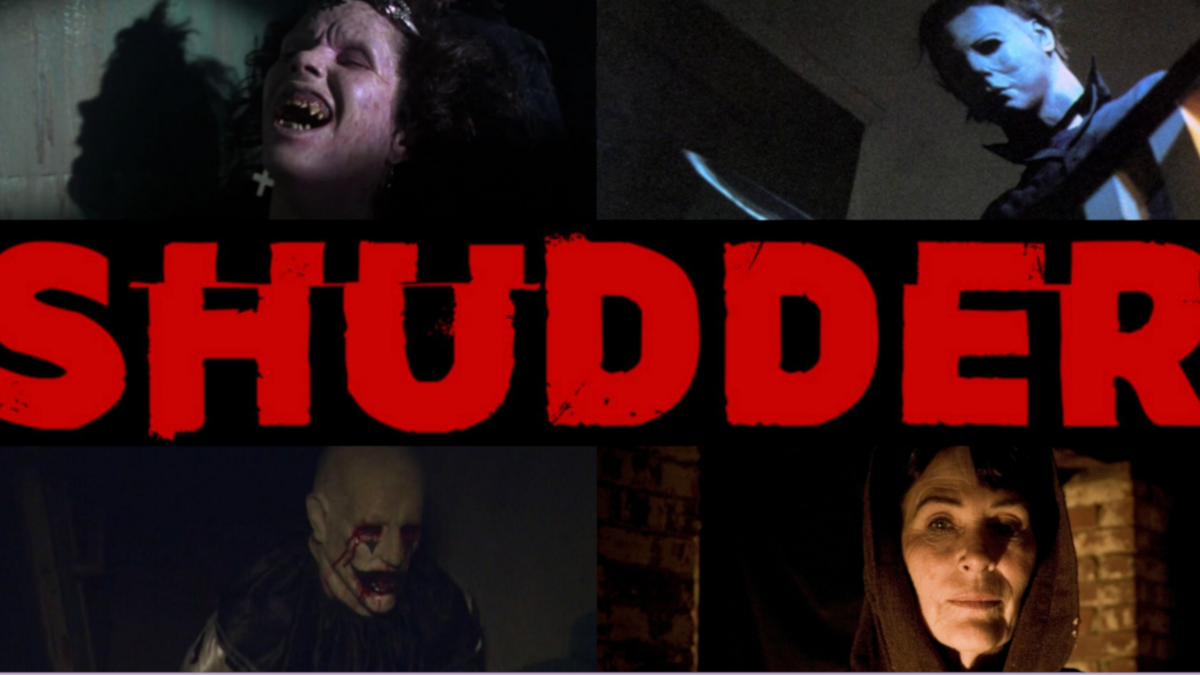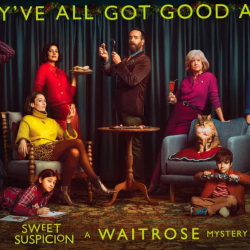The internet is split on when spooky season starts. Some say October and some say September. For the purposes of this piece we’re going with the latter, because I want to shine a ghostly spotlight on horror streaming platform Shudder, and other niche streamers and related platforms — and talk about how, when it comes to growth in entertainment, perhaps quality over quantity is a better place to play.
For context, though, let’s define niche, or at least set some vague parameters in terms of subscribers. To clarify, this isn’t a list of all the streamers out there, just some I’ve picked out. We have the big players of Netflix (277m), Prime Video (200m), Disney+ (153m), Warner Bros. Discovery (103m, though estimates suggest 90m of these are HBO Max subscribers), and YouTube Premium (100m). Then the mid-range streamers of Paramount+ (71m), Hulu (51m), Peacock (33m) and arguably Apple TV+ (which many estimate to be 25m, although Apple doesn’t report official numbers). And then a whole host of providers below that.
So perhaps we could say that, for argument’s sake, anything under 20m is either relatively niche, or small but, in some cases, growing rapidly. Here we could include anime streamer Crunchyroll which, as of last month passed 15m subscribers. And Shudder, which had 1m subscribers in 2020, but their current numbers are now grouped together as part of AMC+ (11.6m). Estimates put actual Shudder subscribers at around 3m. There are also a couple of other interesting and relatively new streamers that I’d like to highlight: comedy platform Dropout (approx. 500,000 subscribers), and creator-driven platform Nebula (680,000). I’d also like to talk about ‘streaming adjacent platforms’, as I think they’re relevant in terms of building loyal communities and growing subscribers. Two of note are social network for film lovers, Letterboxd (14m users), and streaming guide for movies and TV, JustWatch (40m monthly users). Both have premium/paying tiers you can subscribe to, but neither of them release these figures.
The reason I’ve picked out these platforms and services is they all aim to fulfil a specific need, which perhaps makes them more valuable to people than the big streaming services. For example, Shudder focuses on horrors, thrillers and the supernatural. Rogerebert.com called it ‘one of the best streaming services in the world’ with one user on Reddit saying ‘Shudder is the biggest value of all the streaming services I subscribe to. I recently did a purge of my video streaming services and of course Shudder survived. Right now the cost per enjoyment is too high to even consider unsubscribing.’ Admittedly that’s just one user, but Shudder continues to grow, year on year. Perhaps because they are focused with content, and boast about the human curation aspect to their service, where they say ‘No algorithms. Every title is selected because it’s worth watching’. Which sounds refreshing, and puts me in mind of a music store where a passionate person has hand-picked albums to display; because they have good taste and want to share that with fellow music lovers. Or the same could apply to an independent bookstore. Less titles on display, but each lovingly curated.
Comedy platform Dropout launched in 2018 and produces ‘comedy you won’t find anywhere else’. They host the wildly popular tabletop role-playing game show Dimension 20 (where, at one point, tickets to their live show were selling for more than Taylor Swift ones). Speaking to The Hollywood Reporter in June, MD of streaming data firm, Ampere Analysis’ Guy Bisson said ‘By definition, you’re talking about an interest that is niche and obscure, and therefore people who are into… whatever that niche is, creates loyalty and engagement in a way that perhaps the more generalist services have a much harder task to do.’
Crunchyroll are perhaps leading the pack when it comes to growing and retaining subscribers that are passionate about a particular type of entertainment, and proudly boast to have ‘the world’s largest dedicated anime streaming library’. (Earlier this year I spoke to their SVP of Creative Marketing, Markus Gerdemann, about the global rise of anime and plans for the platform. Read the interview.) Indeed, Europe in particular is seeing a growth in demand for anime.
In July Variety ran a piece highlighting some of these streamers, talking about ‘fandom-backed growth’, citing examples like Beacon — another streamer which came off the back of Critical Role, something which began in 2012 as a group of actor friends playing DnD, and has evolved into a ‘multi-platform entertainment sensation.’ Beacon only launched a few months ago and was described at the time as being ‘for superfans only’. There are parallels to be made with Dropout and Dimension 20, but that also has other comedy shows, whereas Beacon is solely focused on Critical Role, offering fans exclusives and behind the scenes access. Which is smart, given the growing popularity of these niche services.
A final one to mention is social film discovery platform Letterboxd, which launched in 2011 (and integrated with JustWatch in 2019) and slowly grew to 1.8m members by 2020 — but truly broke through into the mainstream with the pandemic, growing sevenfold, and now has 14m users.
In interviews they’ve talked about ‘elbowing their way into the industry’, which may be true. But there’s no denying they’ve created an online community for film lovers which feels unique (and perhaps nostalgic, according to The Washington Post), with the seal of approval being that actual filmmakers use the platform.
Most notably director Martin Scorsese joined late last year, announcing his arrival with a list of companion films. Other filmmakers like Edgar Wright, Rian Johnson and Mike Flanagan are also active users. Letterboxd also make superb use of social media, too, particularly TikTok with their ‘four favourite films’ segment at red carpet events for film premieres. Last month Indiewire broke down why this approach was so successful. For me, one big reason was that it continues to build community, it strengthens ties between actors, filmmakers and fans, and focuses the discussion on their shared passion — a love for film and cinema.
I suppose if there was a lesson or a takeaway from this article it would be, to any organisations or people out there looking to build or grow online communities or entertainment platforms, you’d do well to keep them niche and focused, targeting a passionate group of people that will likely remain loyal as you evolve. Maybe all this ‘focus on the customer’ talk is marketing 101, but sometimes these things can get lost in the world of entertainment, digital and streaming — with everyone chasing endless growth, regardless of subscriber churn and how much it potentially damages brand reputation long-term (both in terms of what customers think of you, and whether creators would want to keep working with you).
Featured image: Shudder































